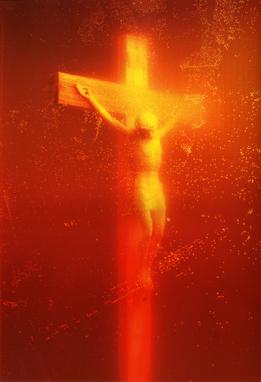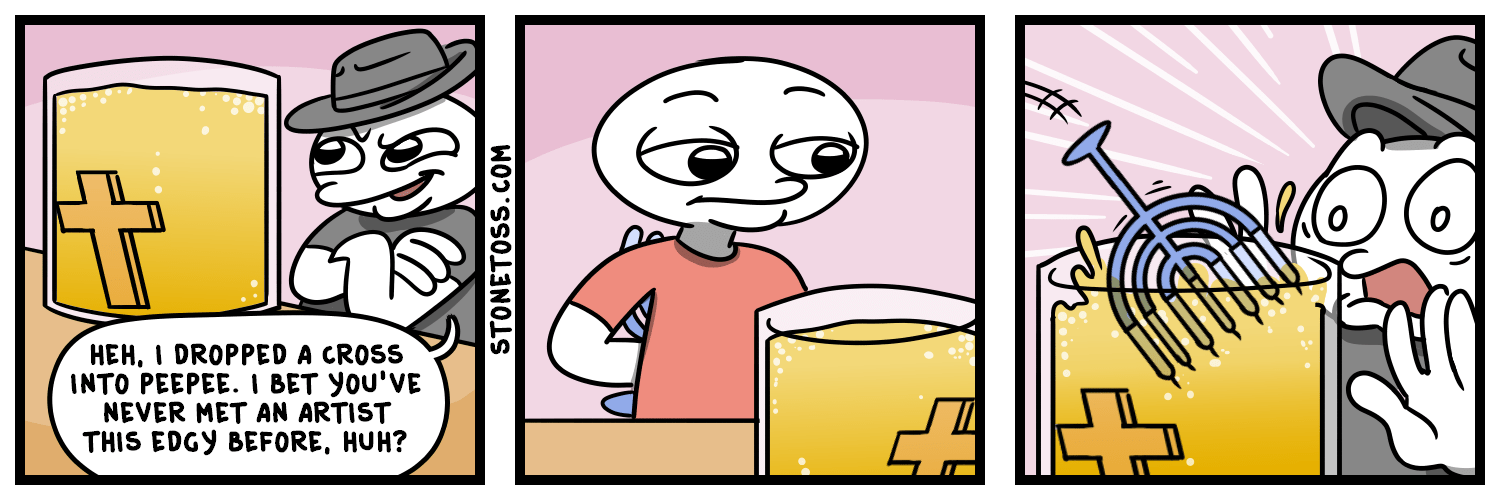madison on Nostr: I believe this is in reference to the 1987 photo "Immersion" where the photographer ...
I believe this is in reference to the 1987 photo "Immersion" where the photographer placed a crucifix in his urine and took a photo of it. He claimed that he was a follower of Christ and wasn't intending to be blasphemous, but to allude to the cheapening of Christian icons in our culture. However people use this photo to do that, cheapen Christianity and call the photo "Piss Christ"
The photographer, Andreas Serrano, was a lifelong Catholic. The Bible says in Exodus 20:4 “Thou shalt not make unto thee any graven image, or any likeness of any thing that is in heaven above, or that is in the earth beneath, or that is in the water under the earth:"
During the Protestant Reformation, art changed drastically. Instead of ornate art depicting scenes from the Bible in churches (which the Protestants thought took away from the true reason for church) many churches stopped commissioning imagery of Christ and angels. Artist traveled elsewhere if they wanted to do that sort of work. Art took a shift into secular subjects, such as mythological stories. Sadly, a lot of art was destroyed during this time by Protestants. They burned artworks and destroyed sculptures and temples.
As a student of art history, I'm sad by this destruction. But as a Christian I also understand the desire to follow the Bible closely.
The Renaissance is my favorite period in time, and it's so fascinating how central art and religion were in the fabric of society.

The photographer, Andreas Serrano, was a lifelong Catholic. The Bible says in Exodus 20:4 “Thou shalt not make unto thee any graven image, or any likeness of any thing that is in heaven above, or that is in the earth beneath, or that is in the water under the earth:"
During the Protestant Reformation, art changed drastically. Instead of ornate art depicting scenes from the Bible in churches (which the Protestants thought took away from the true reason for church) many churches stopped commissioning imagery of Christ and angels. Artist traveled elsewhere if they wanted to do that sort of work. Art took a shift into secular subjects, such as mythological stories. Sadly, a lot of art was destroyed during this time by Protestants. They burned artworks and destroyed sculptures and temples.
As a student of art history, I'm sad by this destruction. But as a Christian I also understand the desire to follow the Bible closely.
The Renaissance is my favorite period in time, and it's so fascinating how central art and religion were in the fabric of society.
quoting note14qm…l3pzYou hate me, I hate you back. Simple as.


